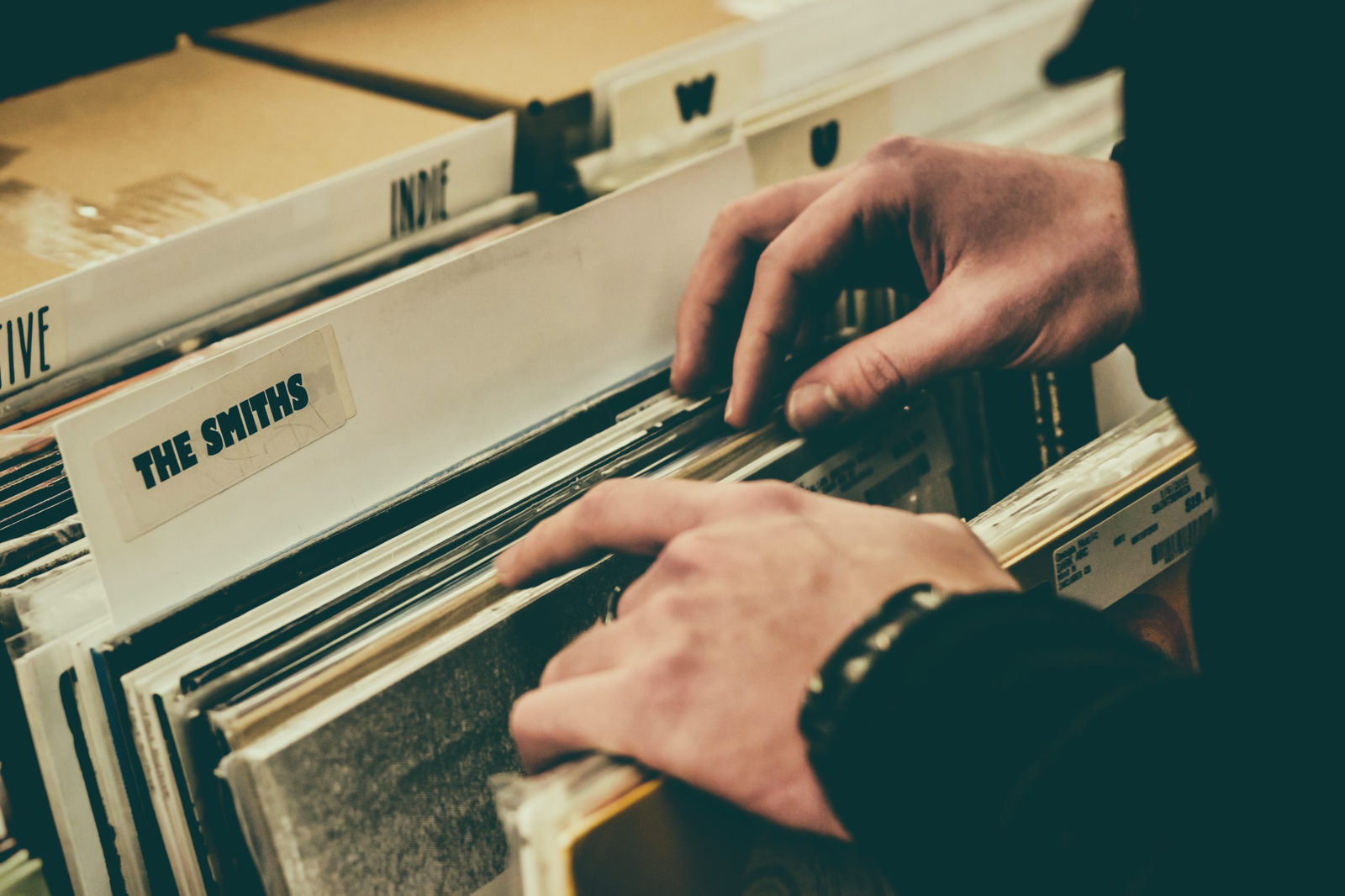
The vinyl revival persists, proving itself more than just a ‘flash in the pan,’ according to Buzzangle Music’s 2018 U.S. Music Industry Report. As related by The Verge:
Vinyl sales grew by just shy of 12 percent from 8.6 to 9.7 million sales, while cassette sales grew by almost 19 percent from 99,400 to 118,200 copies sold in the US. It wasn’t quite the 41.8 percent growth seen in music streaming, but it’s still very impressive for two formats that are decades old.
Billboard has some even more encouraging numbers from Nielsen Music:
16.8 million vinyl albums were sold in 2018, according to Nielsen Music (up 14.6 percent) — marking the 13th consecutive year of growth for the format. 16.8 million is also a new yearly high for vinyl album sales since Nielsen Music began tracking sales in 1991.
Before you start charting the course of your digital label toward vinyl production for big profit, understand that most of this growth is outside of the independent sector. It’s mainly driven by legacy catalog and albums that you could have purchased in the used bin for a few dollars each fifteen years ago. The Verge again:
The popularity of both physical formats seems to be being driven by sales of older albums. BuzzAngle reports that over 66 percent of vinyl sales are of albums that are over three years old, with releases from Michael Jackson, The Beatles, Fleetwood Mac and Pink Floyd all featuring in the list of the bestselling vinyls from last year.
Despite the prominence of superstar legacy releases, this growth is good news for independents. The pressing plants remain healthy and active, and vinyl distributors and stores are more optimistic than they would be with vinyl’s lifespan tied to a fleeting trend. It’s still tough for an emerging artist to move a couple of hundred record albums — making the per-unit cost enormous, which is partly why you’re seeing $25 LPs — but at least the option is alive and supported. Vinyl production can move the status of a label, differentiating from the low-barrier bulk of digital labels. But one must consider the vinyl aspect as part of a label’s marketing effort rather than a sales driver. Breaking even is often the highest measure of success when it comes to record sales.
To bring the point home, A Boogie Wit Da Hoodie has the #1 Billboard album this week, and that’s based on some previously unheard of figures. The New York Times:
Billboard and Nielsen credit “Hoodie SZN” with the equivalent of 58,000 sales in the United States last week, a number that incorporates streams and downloads of individual tracks, as well as sales of the full album. But the vast majority of that composite number is from streaming — so much so that the sales number represents a new low on the chart.
The 823 copies of “Hoodie SZN” that were sold last week — all as downloads, since that title has not been released on any physical formats — is the least number of copies that any album has sold in the week it went to No. 1.
Despite the hype and statistics, vinyl isn’t mainstream enough to warrant a release of a number 1 hip hop album on the format. Even more significant, download sales on the release are incredibly slim (823!) showing the widespread acceptance of music outside of the traditional ownership model. It’s an earth-shaking shift, connected to vinyl’s rise in defiance of the intangible. How vinyl continues to segment itself over the next few years will be a fascinating story.